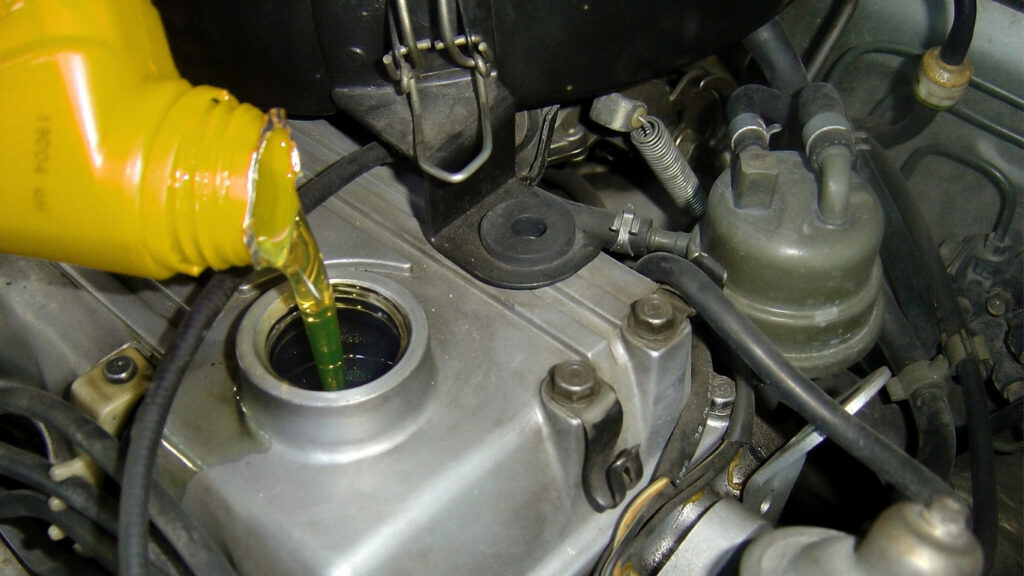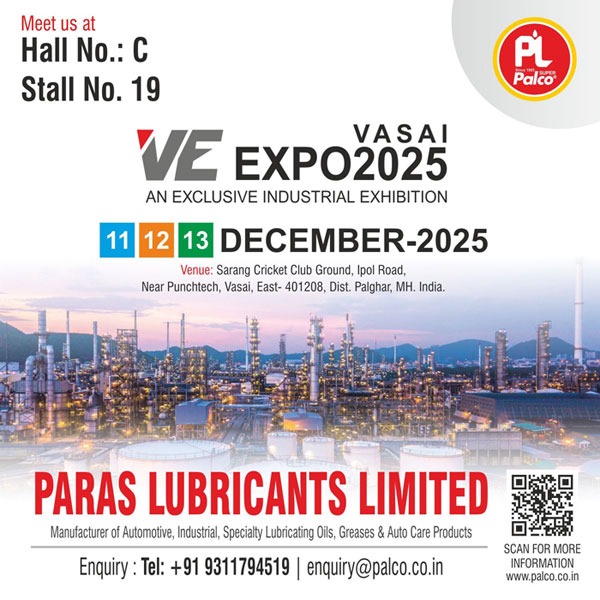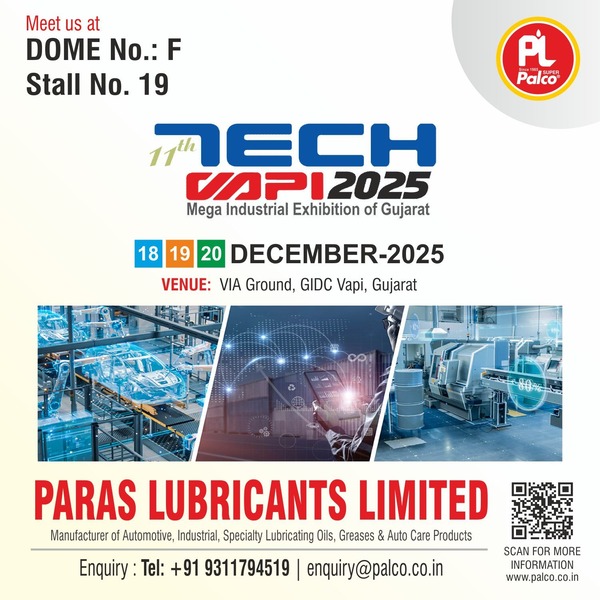
In today’s automotive and industrial landscape, emissions are no longer just a regulatory challenge, they’re a defining benchmark of engine design, vehicle health, and brand responsibility. With that shift, engine oil has moved beyond its traditional role of reducing friction and wear. It now plays a direct role in protecting the integrity of emission control systems like Diesel Particulate Filters (DPFs) and Selective Catalytic Reduction (SCR) units.
Among the most important developments in recent years is the rise of Low and Mid SAPS engine oils, formulations specifically designed to limit Sulphated Ash, Phosphorus, and Sulfur. And while those might sound like just another trio of chemical buzzwords, their influence on engine health, emissions, and maintenance costs is anything but small.
What’s the Big Deal About SAPS?
SAPS stands for Sulphated Ash, Phosphorus, and Sulfur. These components are traditionally found in engine oil additives that help protect the engine from wear, oxidation, and sludge formation. But here’s the twist: in engines equipped with modern emission systems, they can also do serious damage.
Too much ash? It clogs the DPF. Too much phosphorus or sulfur? It poisons the catalysts inside SCR units and three-way catalytic converters.
That’s why oil manufacturers and OEMs started pushing Low SAPS (minimal levels) and Mid SAPS (moderately reduced levels) oils, especially for vehicles built under Euro VI, BS-VI, and similar emission frameworks.
In simpler terms: the oil now needs to do its job without interfering with the exhaust systems that make vehicles cleaner.
Where Does the SCR System Fit In?
The Selective Catalytic Reduction (SCR) system is a key part of modern diesel emission control. It uses a urea-based solution (commonly known as DEF or AdBlue) to convert harmful nitrogen oxides (NOx) into harmless nitrogen and water vapor.
But that conversion depends entirely on a clean, active catalyst. That’s where the problem begins: even trace amounts of phosphorus or sulfur from engine oil can coat or poison the catalyst, reducing its ability to process NOx effectively. Over time, that leads to higher emissions, dashboard warning lights, and expensive system failures.
It’s not an exaggeration to say that the wrong engine oil can silently erode the performance of the entire emission control setup, without ever causing an immediate mechanical fault.
Low vs. Mid SAPS: What’s the Difference?
Both Low and Mid SAPS oils are built to reduce harm to emission systems, but they serve slightly different purposes.
- Low SAPS oils (like those under ACEA C1 or C4) are used in vehicles with highly sensitive emission systems, especially those with DPF + SCR combinations.
- Mid SAPS oils (ACEA C2, C3, or C5) are slightly more flexible and strike a balance between protecting the emission system and providing higher levels of anti-wear performance.
The right choice depends on the vehicle’s engine design and the emissions hardware installed. OEMs will always specify the exact grade and SAPS level required, and that guidance should never be ignored.
What Happens If You Use the Wrong Oil?
This is where many fleet owners and even experienced workshop technicians get caught out.
Using a high SAPS oil in an engine that requires a low SAPS one doesn’t just shorten component life, it actively interferes with the vehicle’s ability to meet emissions targets.
Some of the real-world consequences:
- DPF clogging, forcing early regeneration or complete replacement
- SCR catalyst damage, reducing NOx conversion and triggering OBD errors
- Increased fuel and AdBlue consumption, as the engine compensates for declining efficiency
- Warranty disputes, especially when OEM guidelines are clearly documented
In short: the wrong oil doesn’t just affect engine parts anymore, it affects the compliance and performance of the entire emissions system.
Why These Oils Are More Than Just a Trend
The move toward Low and Mid SAPS oils isn’t temporary. It’s directly tied to the global push for cleaner air and sustainable transportation. Engine oils are now engineered not just for internal protection, but also for external impact, reducing the long-term footprint of vehicle emissions.
Even for commercial operators, this is no longer a ‘green choice.’ It’s a cost-saving and compliance decision:
- Less downtime for DPF regeneration
- Fewer unexpected repairs to SCR systems
- Reduced risk of non-compliance fines or penalties
- Better resale value for well-maintained engines
And with every new generation of engines, the oil’s role becomes more specialized, not less.
Choosing the Right SAPS Oil: A Practical Takeaway
- Always start with the OEM’s recommendation. If it says ACEA C3 or VW 507.00, don’t improvise.
- Understand the emission system on the vehicle. DPFs and SCR units mean you need SAPS-conscious oil.
- Don’t be swayed by viscosity alone. A 5W-30 oil can exist in both high and low SAPS formats.
- Trust your supplier. Reputable brands invest in R&D and testing. Cheap, non-compliant oils may not deliver on their label promises.
Low and Mid SAPS oils represent one of the quiet revolutions in modern engine maintenance. They don’t promise power boosts or flashy numbers, but they protect the systems that make today’s engines viable for tomorrow’s emissions goals.
For workshop owners, fleet managers, and even everyday drivers, understanding SAPS levels is now part of responsible engine care. The oil you choose today determines not just how smoothly the engine runs, but how cleanly it breathes, and how long it stays on the road.
Sometimes, the smartest upgrades happen in the smallest decisions. And in this case, it starts with what’s in the sump.


